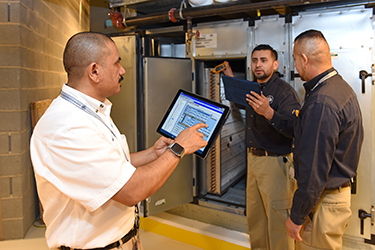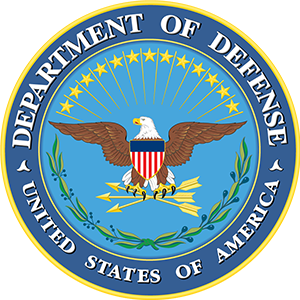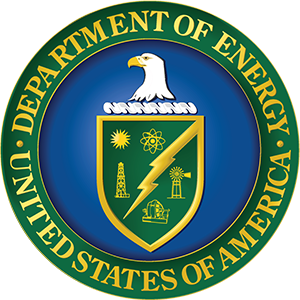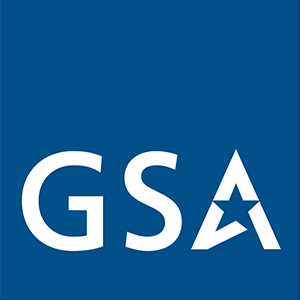by the WBDG Commissioning Committee
Within This Page
Introduction
Today's challenges across the building industry are the precursors of tomorrow's solutions. As technologies and complexity in the built environment trend toward better design, construction and operation, the following represent high-visibility issues that affect commissioning as an increasingly broad cross-functional practice.
Code Applications for Commissioning
Many local and national energy codes and green codes now require the performance of commissioning and specific documentation. Some of these codes have variations in the level of commissioning required to be integrated into the project. These requirements should be analyzed during pre-design and integrated into the OPR and commissioning process to satisfy jurisdictional and selected program requirements.
Increasing Building and Construction Technologies
In recent years the design and construction of buildings and systems have become increasingly complex, particularly with respect to the systems and controls included in commissioning requirements. These complex systems make the OPR process and the application of commissioning critical to the successful completion and operation of facilities and systems. This will also increase the technical specifications in the OPR and the commissioning process and require even more careful requirements for the design, verification, and documentation.
Building Performance Reporting
Legislation and market demand for measuring and reporting facility resource efficiency, such as voluntary rating programs such as the U.S. DOE ENERGY STAR Program, LEED®, Green Globes, WELL™, BREEAM and many others have made the design, construction, and performance measurement of high efficiency building systems increasingly important. These certification programs are often complex and require OPR and commissioning documentation for verification and credits. As concern for energy and carbon reduction grows, these requirements will also continue to increase.


Facility managers at the United States Institute of Peace (USIP) Headquarters use ENERGY STAR tools and resources to prioritize retrofits and ensure efficient operations. Photo Credits: USIP
Cx Reporting Technology — Digital Documentation Systems
The OPR and commissioning process require extensive documentation and reporting. Digital systems are available in the marketplace to facilitate that process. The functionality, ease of use, and accuracy of many of these programs vary; careful analysis of reporting system capabilities is essential before and during application.
Integration of Health Requirements with Energy and Sustainability
In recent decades numerous sustainability, green building, and health-related programs for buildings and occupied spaces have been established, promoted, and even mandated. Some directly require commissioning. Most are sufficiently complex that they require building system performance and reporting that makes commissioning essential. These programs and requirements will continue to gain attention and regulatory consideration, particularly in terms of safe and healthy facilities.
Integrating Cx into Building Operations
As can be seen in these commissioning pages, the design, construction, and commissioning of facilities directly affects the performance of the facility and systems for the life of the building. To maintain the high efficiency operation, the use of ongoing commissioning is evolving and becoming even more important as discussed in Existing Building Commissioning and Ongoing Commissioning.
Integrating AI into FDD and Operations
The introduction of Artificial Intelligence (AI) automation and analytics into various fault detection and diagnostic (FDD) systems is opening the door to allowing building systems to make minor systems adjustments on their own (e.g., temperature set points, reset downed equipment, etc.). This can significantly reduce the amount of time operators or consultants need to spend making these adjustments. The technology is currently being tested and piloted.

Artificial Intelligence is becoming increasingly more prevalent in the design, construction, and management of buildings. Photo Credit: Princy A.J./Research Dive
Owner Versus Building User
Many projects are core-and-shell made ready for a "tenant," wherein the original design included basic systems developed on minimal bases, but the tenant has requirements that are greater than the original design concept. For example: a core-and-shell warehouse building may have basic air and electrical needs, but the user is planning to use the facility to store specific products that fall under the jurisdiction of the FDA.
Advanced Training for Operations and Maintenance Personnel
As technical and technology-based building commissioning and even regulatory requirements for sustained high performance depend increasingly on data analytics, facility staff will require new knowledge, skills and abilities to be capable of operating and maintaining their buildings' systems. Current training sources for ongoing commissioning are scattered at best, and vary widely in scope and scale.
Additional Resources
See the Additional Commissioning Resources page for more information.










